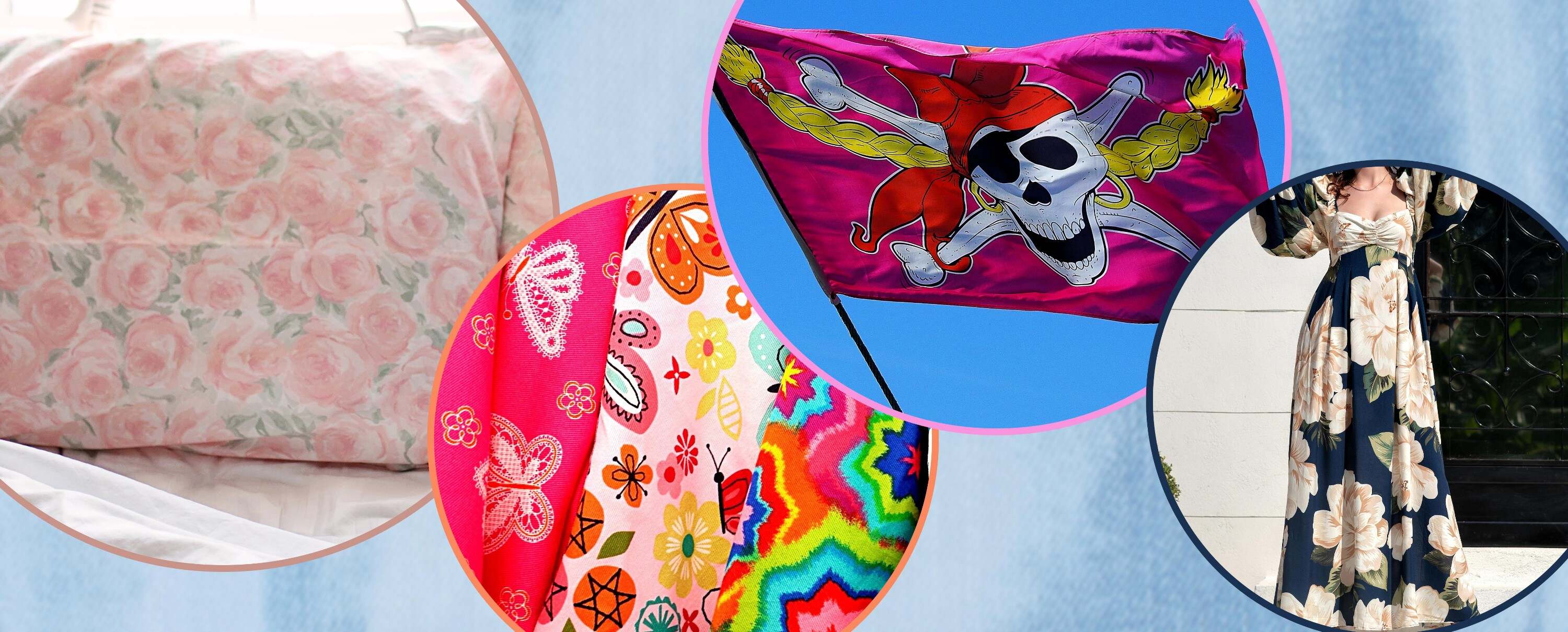
Direct-to-Fabric printing is a modern technique that uses advanced inkjet technology to print high-resolution images or designs directly onto textiles. This method is fast, efficient, and delivers exceptional quality, making it an ideal solution for custom apparel production. As a result, it has become increasingly popular among small businesses, clothing manufacturers, and individual creators.
However, with a wide range of Direct-to-Fabric printers available on the market, choosing the right one for your business can be overwhelming. In this article, we will provide you with expert guidance to help you select the best direct-to-garment printer that suits your business needs, ensuring your success in a competitive market.
Important factors to consider when choosing a direct to fabric printer
Cost
Typically, a quality direct-to-fabric printer can range in price from a few thousand to tens of thousands of dollars. It’s important to note that the cheapest device isn’t always the best choice. While higher-end printers require a higher initial investment, they offer better print quality and are less expensive to maintain, making them more economical in the long run.
Print Quality
The output of a direct-to-fabric printer is affected by several factors, including the resolution of the printer, the type of ink used, and the quality of the fabric itself. Before choosing a printer, it is recommended to review the manufacturer's specifications and request a print sample for quality inspection to ensure that the final product meets your expectations.
Printing Speed
The third important factor to consider is the printing speed of the direct to fabric printer. For clothing manufacturers or textile suppliers, it is crucial to choose an industrial-grade printer that can output quickly without compromising quality. For example, the MT series of direct fabric printers can reach a printing speed of 1,080 square meters per hour, greatly improving production efficiency.
Print Size
When choosing a direct-to-fabric printer, it’s important to understand the maximum print size it can handle. This will determine the types of patterns and products you can create, ensuring the printer meets the needs of your business.

Ink Type
Ink type is also a key consideration when choosing a direct-to-textile printer. Common ink types include reactive ink, acid ink, disperse ink, high-temperature disperse ink, and pigment ink. Different inks are suitable for different printing materials, so before making a decision, always consult the printer supplier to find out the types of inks supported by the printer and ensure compatibility with the materials you plan to use.
Fabric Compatibility
Like ink type, fabric compatibility is an important consideration when choosing a printer. Make sure the printer you choose can handle the type of fabric you plan to use. Some printers may only handle certain kinds of fabric, while others can print on a variety of materials. Choosing a printer that matches your fabric needs will ensure the best possible print results.
Operation and Maintenance
Direct-to-fabric printers are specialized equipment that typically require experienced technicians to operate and maintain. Therefore, it is important to choose a printer that is easy to maintain and has a strong support system. This includes providing easy parts replacement and excellent customer service to ensure long-term stable operation of the equipment.
In short, direct-to-fabric printing is a popular and efficient way to print high-quality images or designs directly onto textiles. When choosing the right direct-to-fabric printer for your business, you need to consider a combination of factors such as cost, print quality, print speed, print size, ink type, fabric compatibility, and operation and maintenance.
MT is a professional digital textile printer manufacturer dedicated to developing equipment for a variety of applications, such as the MT-TXI3200 Hybrid Digital Textile Printer. Choosing the right printer can help you take your textile printing business to new heights and take the lead in a competitive market.




